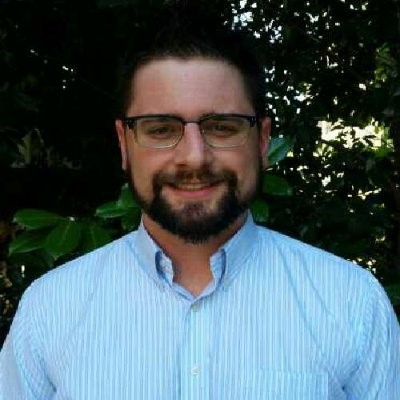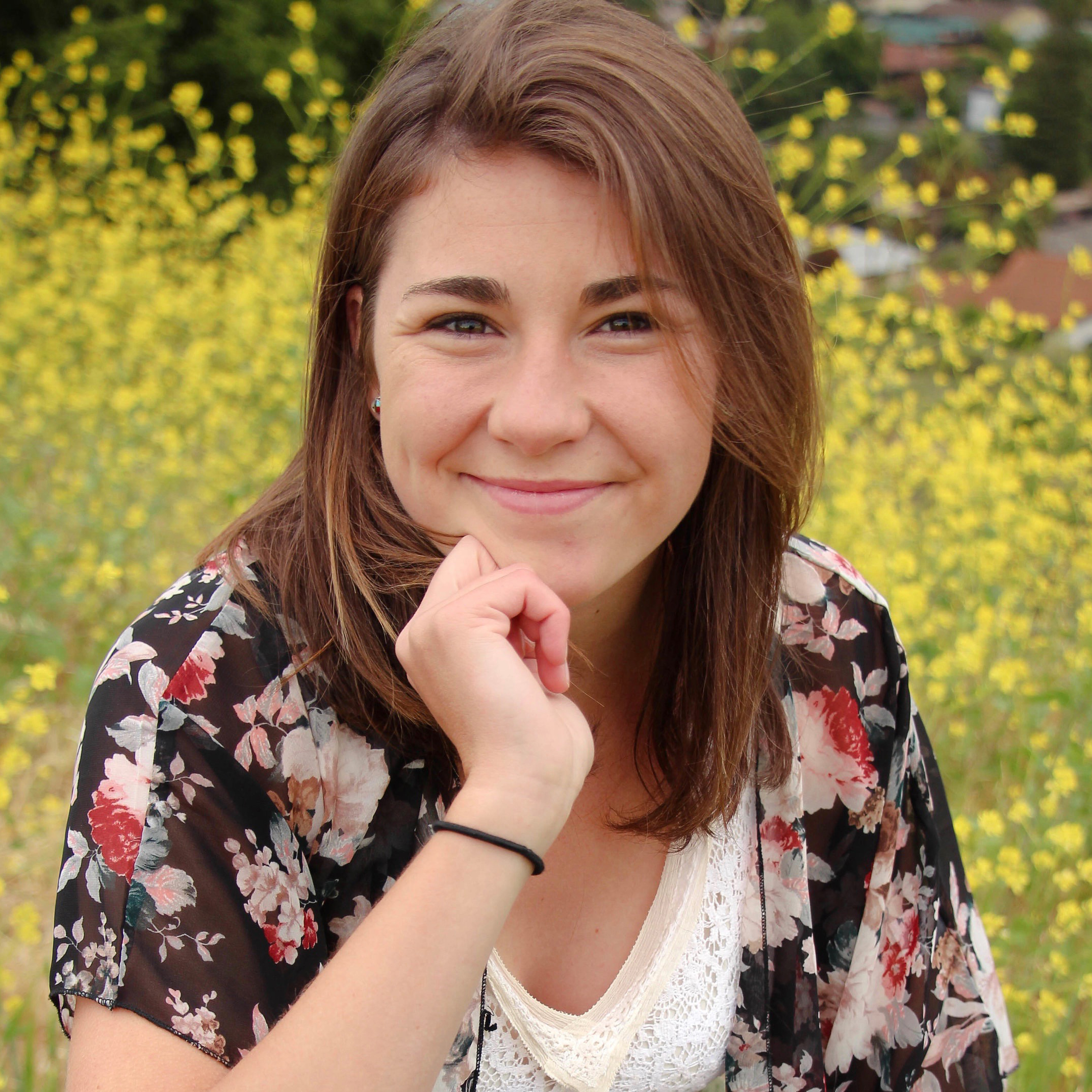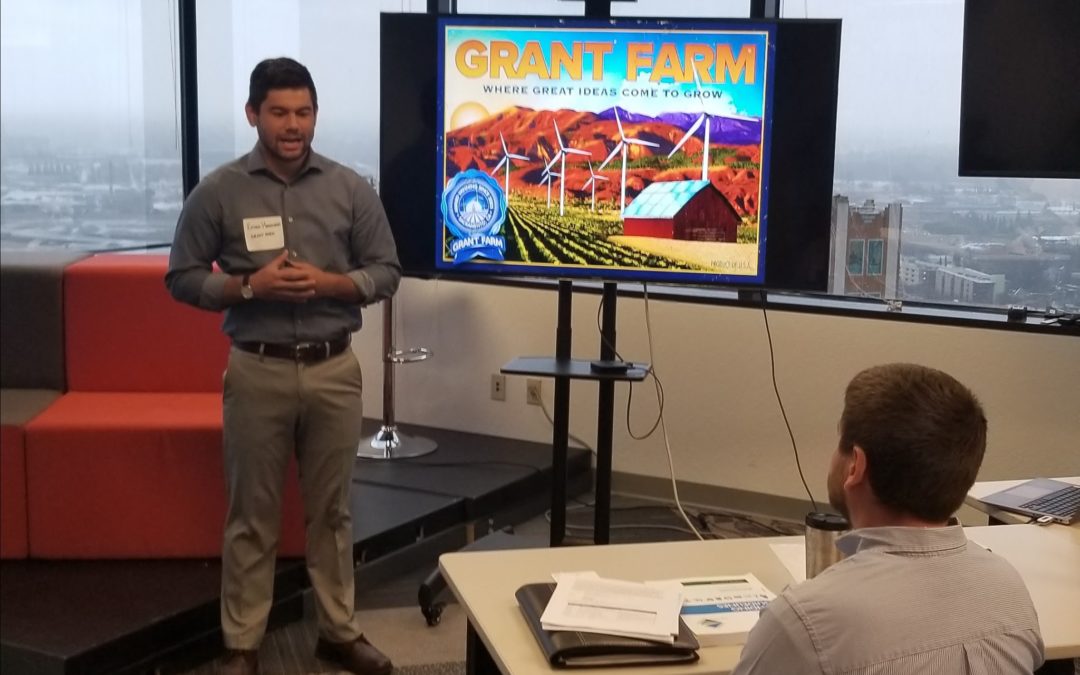
CalSEED Awards 7 Central Valley Companies $150,000 each, 3 in Davis
Funded by the Energy Commission, the California Sustainable Energy Entrepreneur Development (CalSEED) Initiative handed out $3.75 million to 25 companies across the state to develop their concepts for new clean energy products. (See the Press Announcement.) Of those, seven were awarded to companies around the Central Valley, the highest number from this area ever to receive such attention. Three were in our CleanStart region, all from Davis: DAE Technologies with a new lithium carbon fluoride battery, RePurpose Energy with second-life EV batteries used for stationary energy storage, and ZYD coupling heat pump water heating to hot water storage.
The other four were P-Kap Systems in Tahoe City with a rooftop solar sun-tracking system, Solar Flexes in Lassen County with an easy deployed ground mounted solar PV system, SierraCrete from Coalinga with a new building material, and RAF Electronics in Fresno with efficient LED theatrical lighting. You can see who won by county here.
The idea behind these awards is to let early-stage innovators develop their concepts to the product stage. Then these will compete to receive further $450,000 grants, with only a small handful of winners. This is the third year these awards have been made, with 71 companies in total having received the first-round grants. Over 200 companies applied this year, also the greatest number ever.
California stands out as offering this extensive and generous program for innovators to advance their products to market and get them better situated for their first rounds of outside investment. To qualify, companies must be based in California. These awards are not loans, nor do they involve any sale of shares in the companies. They are just straight-up grants.
Congratulations to all the winners. Well done! If you want to see some of these innovations and more, sign up for our Central Valley Cleantech Showcase October 9th in downtown Sacramento. It’s free and you will get to talk to two dozen of these enthusiastic startups.

ABOUT THE AUTHOR
Gary Simon is the Chair of CleanStarts Board. A seasoned energy executive and entrepreneur with 45 years of experience in business, government, and non-profits.
CleanStart Sponsors
Weintraub | Tobin, EY, Stoel Rives, Greenberg Traurig LLP
BlueTech Valley, Buchalter, Moss Adams, PowerSoft.biz
College of Engineering & Computer Science at Sacramento State












